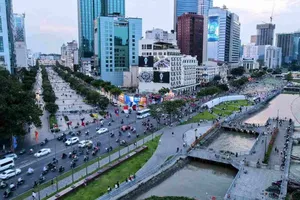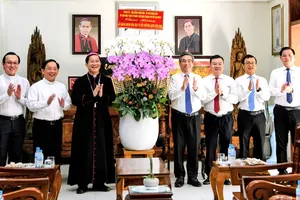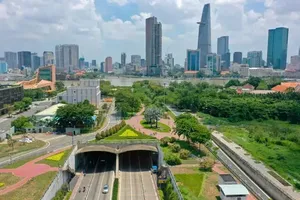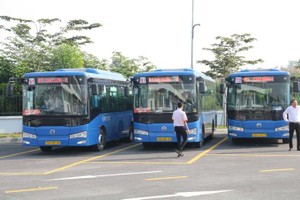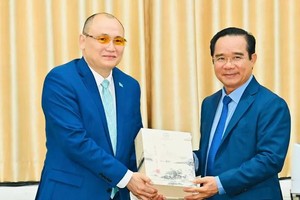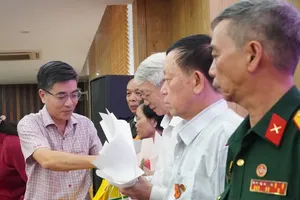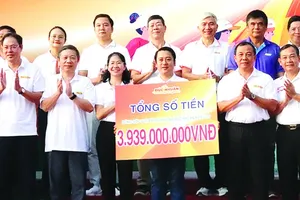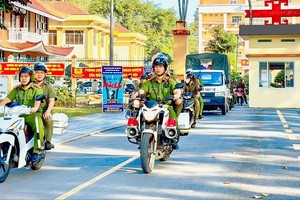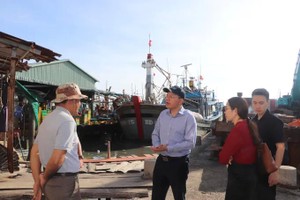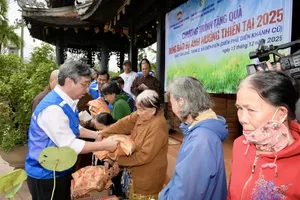
VNSL informed that the construction site of this US$6 billion mega-port is on 75-hectare Phu Loi Island (Can Gio District of Ho Chi Minh City) near Cai Mep estuary. It is 1km away from the current Cai Mep – Thi Vai International Terminal.
The to-be mega-port will be 7.2km long, including a 6.8-km long main wharf and a 1.9-km long feeder one. The total designed capacity of this new port will be 15 million TEUs, so it can serve ships with the weight of up to 250,000 DWTs (or 24,000 TEUs) as well as freight ships of 10,000-65,000 DWTs. It is expected that when approved, the project will finish its first stage in 2027, and all stages in 2040.
Thanks to the favorable location, it will not require additional investment in infrastructure to protect itself from storm.
This to-be mega-port is expected to serve 80 percent of international transshipment goods from MSC’s clients. The company also plans to move its goods transshipment activities from the transshipment ports in Singapore and Malaysia to Vietnam.
Basically, this mega-port will not directly compete with other seaports in the Cai Mep – Thi Vai area. Therefore, this project is a valuable opportunity for the maritime development of HCMC in particular, and Vietnam in general. Formerly, the country was going to build one such port in Van Phong Bay, yet the project did not reach expectation.
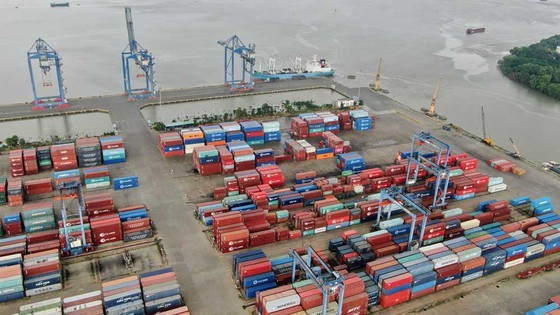
VNSL is now working with two consultation organizations, including MSC, to carefully carry out this important study, taking into consideration legal matters and economic benefits for investors that have already poured money into Cai Mep – Thi Vai International Terminal. The possible negative influences to Can Gio biosphere reserve must be considered as well. With sufficient research results, it will ask for permission from the authorities to allow contractor appointment or selection in accordance with the Bidding Law.
In the past few years, international seaports in Vietnam located in Hai Phong City, Ba Ria – Vung Tau Province, and HCMC have witnessed a remarkable increase in the number of served containers. Nevertheless, the Transport Ministry pointed out that goods transshipment activities are still limited.
For instance, Cai Mep – Thi Vai International Terminal now only takes care of a small freight volume from Cambodia connected to Vietnam via domestic waterway transport, accounting for only 5-6 percent of the total served container quantity. This is not at all called international transshipment activities.
The fact that MSC wants to move its international transshipment tasks from Singapore and Malaysia to Vietnam can signal a promising future for such an activity in the country, said former Deputy Minister of Transport Nguyen Van Cong. This will obviously attract other related international companies in the fields of logistics, trading, finance to open their branches here. That, in turn, can greatly boost the transformation of HCMC into a key financial center of the nation and the region.
Particularly, when international transshipment routes are formed on both banks of Cai Mep – Thi Vai estuary, freight ships will want to come to the mega-port to be served. Economic experts predict that this tendency will create a close network for lower logistics cost as well as more job opportunities for the local when domestic marine shipping enterprises develop, and lucrative investment chances for international investors. More importantly, it will improve the competitiveness of Vietnamese seaports, a step closer to fulfilling goals in the national maritime strategy, and socio-economic growth in general.
Former Deputy Minister Nguyen Van Cong also warned that the investment in forming such a mega-port needs a suitable roadmap which displays synchronous activities with the current Cai Mep – Thi Vai International Terminal. Moreover, MSC as an investor needs clear commitment to their cargo serving targets: 80 percent of the goods served in the new port must truly be international transshipment.
